How We Teach Today
Five Sewanee professors reflect on what it means to lead a classroom in the Information Age and agree that it’s not about the answers given—it’s about the questions asked.
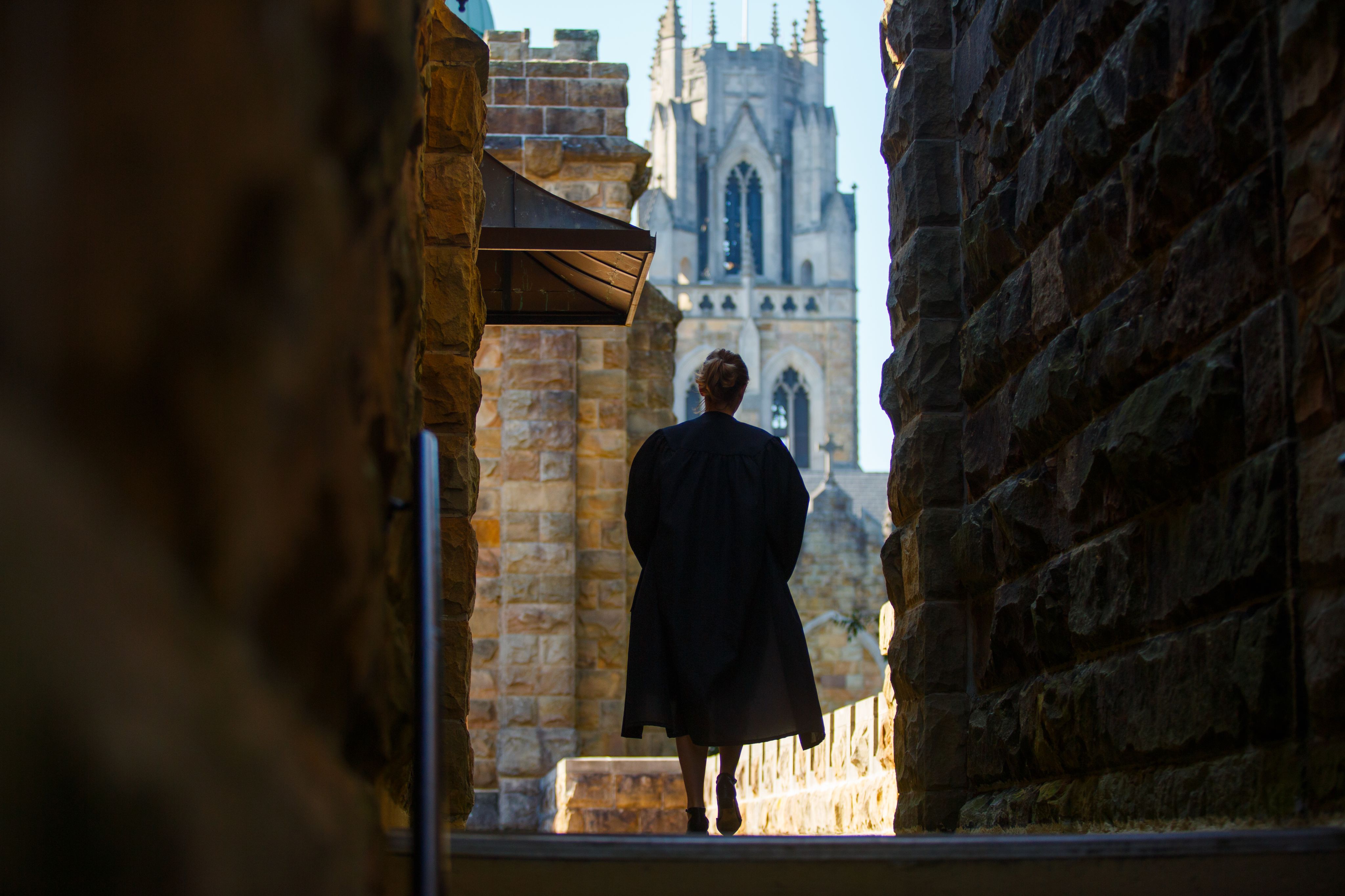
As Sewanee students and faculty prepare to return to the classroom for the Advent semester, we spoke to five professors in the College about what it means to teach today. In an age of unprecedented access to information—and misinformation—the classroom serves as a training ground for tomorrow’s professionals to hone their essential critical thinking skills. Coming from a variety of disciplines, these professors are united in a commitment to helping students ask the big questions: What do I think this means? How do I know? And, what can I do with that knowledge?
Here, these professors share their perspectives from the front of the classroom—in their own words.
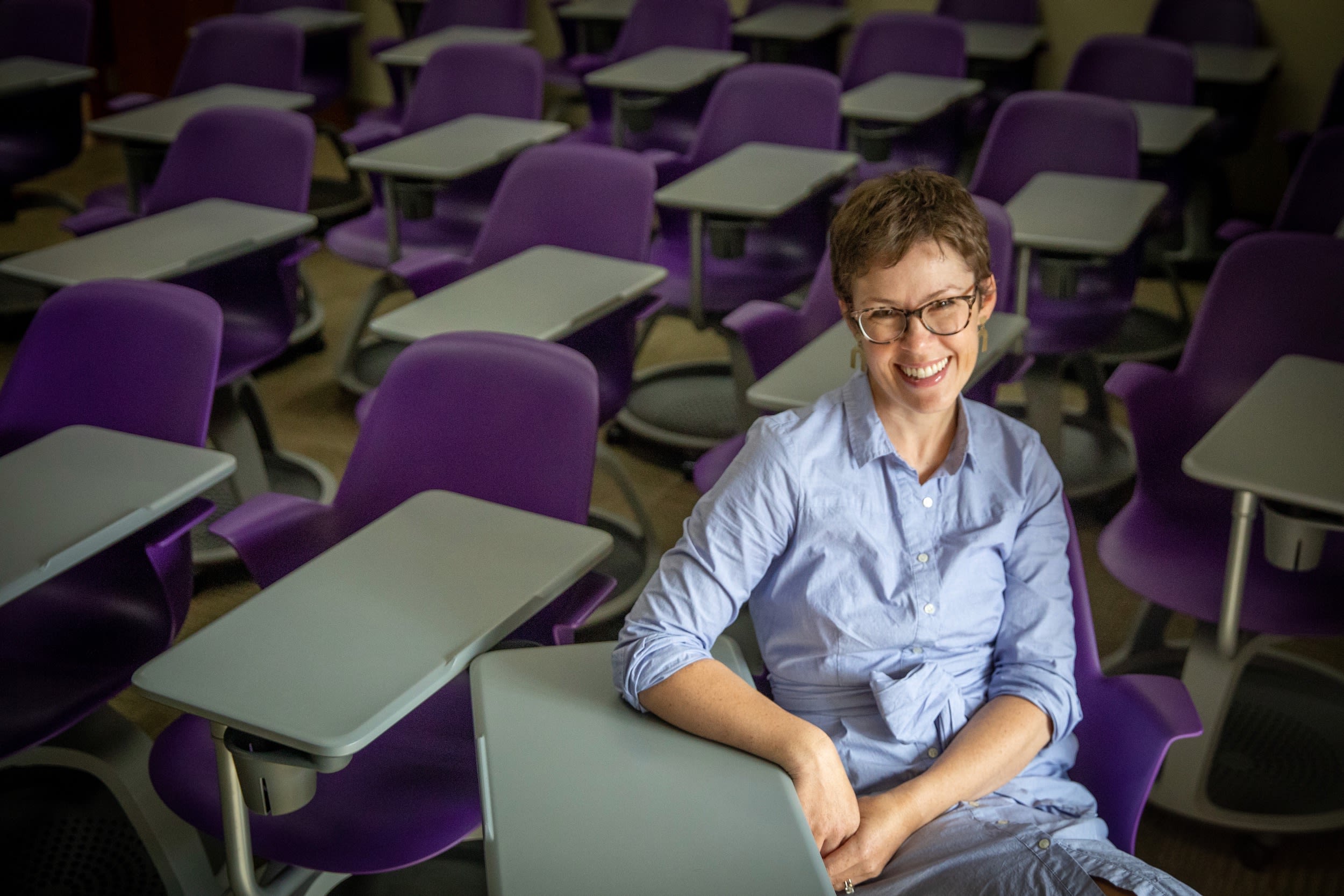
Katharine Cammack, Associate Professor of Psychology
What a Scientist Looks Like
We all have a vision of what we think a scientist looks like. Studies have been done where children were asked to draw a scientist, and they mostly drew the same type of person—a male with facial hair and/or glasses wearing a lab coat. Initially, I don’t think I saw a scientist as being someone who looked like me and had interests like mine, either. When I went to college, I was really interested in understanding the human condition—why we are the ways that we are—but at first I was intimidated to take the biology and chemistry needed for neuroscience. But then there were a few young female faculty members who were real role models for me and I thought, “I could be like them.” An enthusiastic and supportive professor can make you feel like you can learn it, you can succeed, and that you belong.
We are really grappling with how to introduce students to this field. Our goal in the introductory neuroscience class is cultivating and encouraging students’ interest in neuroscience and showing each of them that they, too, have valid insights and questions to ask. There's a real need to be able to think carefully about those perspectives that we’re not seeing represented, and what that looks like in the scientific space. Thinking about how to have those conversations and how to get as many voices in the room as possible is essential.
Lab Rats
There’s a community that forms within a lab. You’re all working together on a project and you experience the scientific process firsthand. It really clicks for some students when they have a hands-on experience like learning to pipette or designing an experiment. They also get to write, read, make graphs, and present their work. All of those experiences build valuable skills in critical thinking, communication, and collaboration.
I encourage my students to present at Scholarship Sewanee and other conferences. It’s an opportunity for them to feel what it means to be an expert—they did the thing, so they already know more than anyone who looks at their poster. Giving students different platforms to showcase their scientific thinking helps them to take ownership over their work and realize the value of their unique perspectives. There’s really no better way to build competence and confidence in science.
Gray Matter
Given the right puzzle, there are a lot of ways you can think about it. I give students a complex case study and say, “What ideas do we have for approaching this part of the case? What questions would you ask?” Different ideas and perspectives matter here—they can build on one another’s knowledge and there might be multiple plausible solutions. It’s up to the students to do the hard work of considering, “What do I think this means? Which solution is supported by the most compelling evidence?” It's not my place to tell them what to think; I want them to feel empowered to interpret the data and come to their own conclusions. I’m bringing them a little closer to the water so that they can drink.
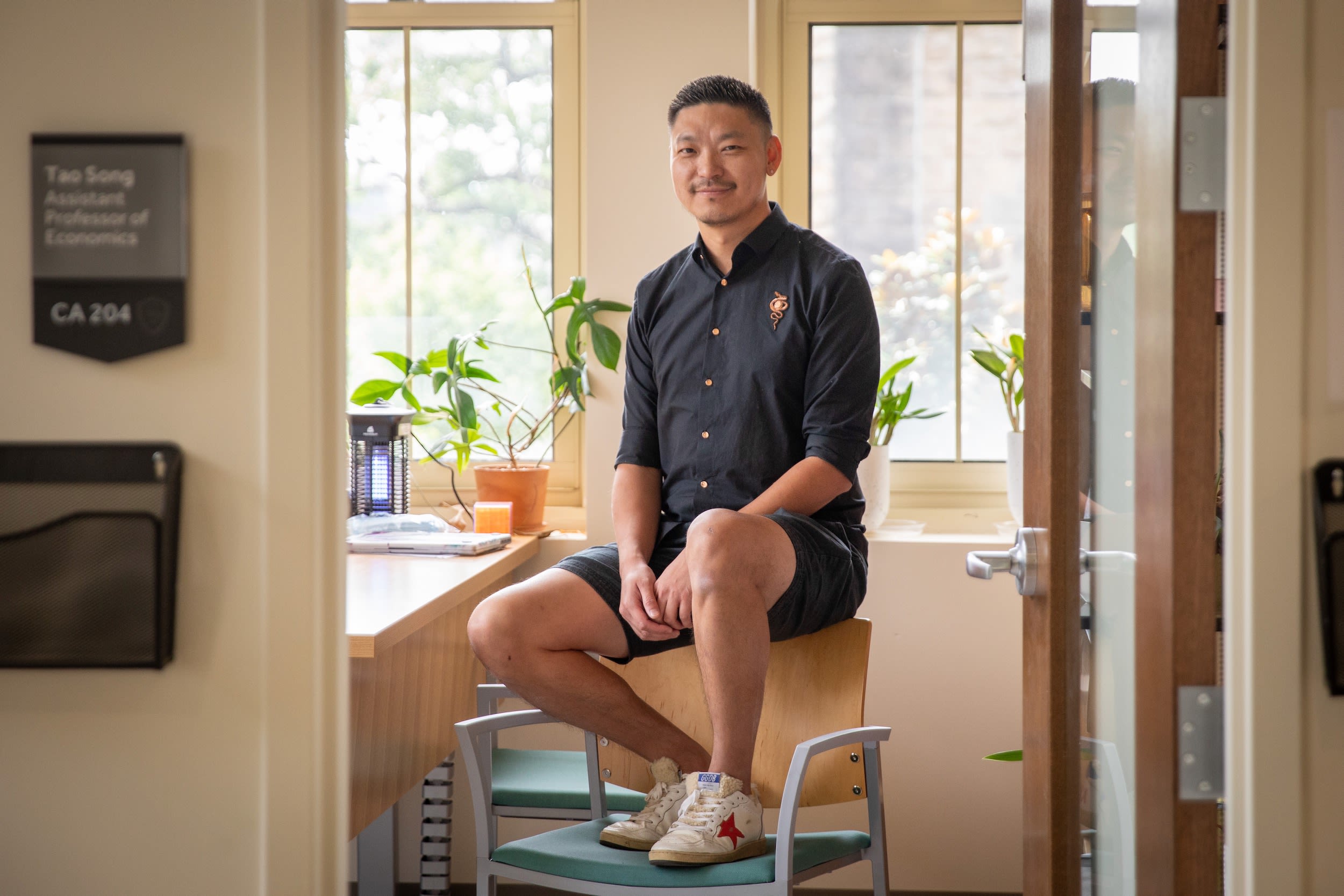
Tao Song, Assistant Professor of Economics
An Explorer’s Mentality
One thing we talk about at the beginning of a course is the difference between a warrior mentality and an explorer mentality. With a warrior mentality, you go out to fight and defend something. But with an explorer mentality, you are there to figure out what's going on. You’re open to the possibilities. In the current day and age, with social media and traditional media, everything can easily become a battle. If you want to have healthy discussion, you want everyone to start with the same expectation of how to discuss these things.
Fact and Fiction
I think of economists as engineers for society. You create models to think about how society works, and then you recommend policies to try to engineer progress toward a specific goal. I consider it to be my job to prepare students to be able to differentiate scientific findings from misinformation because there's so much misinformation out there, especially about politically sensitive topics.
There’s a reason I’m doing what I’m doing, because I’m passionate about the topics that I’m studying. I’m a labor economist who focuses on discrimination and immigration. As a minority who is an immigrant, it’s kind of a cliché—but I’m studying, I would say, what I really know. But in class, I’m not telling students what to believe and I’m not trying to convince them of something. I’m sharing the collective wisdom of the experts within this field and telling them what the research says.
“I’ve Done My Research”
When I teach topics related to my research, the students get to see how I address those kinds of questions and understand the scientific way to investigate something. Because there is a process. I need them to understand that when we say something is true, first of all, it’s not going to be 100% true. But because I’ve gone through this process, it’s not only me saying it is true—it’s being peer-reviewed, scrutinized at conferences, and so forth. Then, when you ask students to do research themselves and they go through all of the steps, they realize how much more valid the points that they’re making are versus things they read on Reddit.
Sometimes I just make fun of the phrase, “I’ve done my research.” I’ll say to my students, “OK, we’ve experienced what it means to do research and seen that there’s a whole process. Do you think that those people online or in the media have really done their research?”
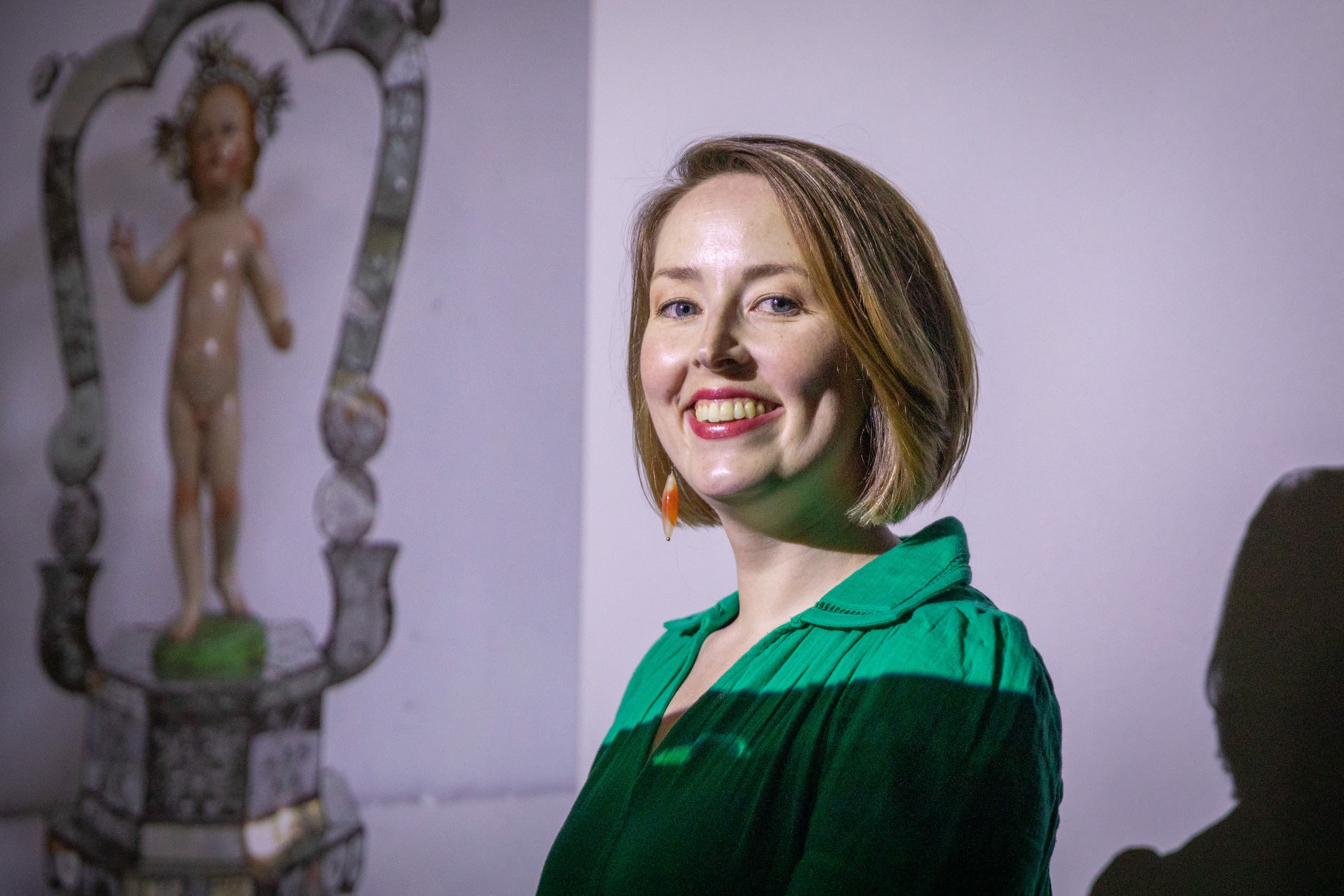
Leslie Todd, Assistant Professor of Art History
Thinking Critically
One question I’m always asking myself is: Five years from now, what will these students remember about my class? What I want them to take away from their experience is not necessarily specific information like dates and names, but broader ideas and skills. I’m an art historian, and I don't memorize dates—those can be looked up. It’s more important to be able to look at an image and have the capacity to evaluate what it reveals, what it conceals, and how historical context can help us interpret it. We’re developing critical thinking skills that then translate to analyzing any number of complex situations that students encounter in daily life. Especially given the political climate today, critical thinking seems more important than ever.
Experiencing History
“Reacting to the Past” is a pedagogy in which students learn by taking on the roles of historical figures and reenacting an historical event. They might play the part of patriots and loyalists during the American revolution in one scenario, or act as artists and art dealers negotiating for gallery space in the Museo Nacional del Prado in another. I want the students to be as active in their learning as possible. They have full agency, and as long as they’re acting in ways that their character would, they can do anything. When they get really into it, they’ll start doing their own outside research without my prompting at all. The role-play lasts for two or three weeks, which really allows the students to go deep.
I look at the sciences and get jealous because so much of their work is experiential—they’re in labs, they’re out there doing it. We don’t always have that type of experience in the humanities. So, this is a beautiful way to experience that kind of learning in art history. The students don’t just learn about the event, they recreate it and have to inhabit alternative perspectives. It helps foster and build empathy, which I really think is what we do when we teach history.
Teaching to Learn
Teaching has made me a better researcher. Seeing how students understand things opens up alternative interpretations of the topics we cover in class. I might have been looking at this one sculpture the same way for 10 years, and then a student will notice something new about it or make a comment that helps me approach familiar material from a new angle. It’s really made me a better scholar in ways that I never expected.
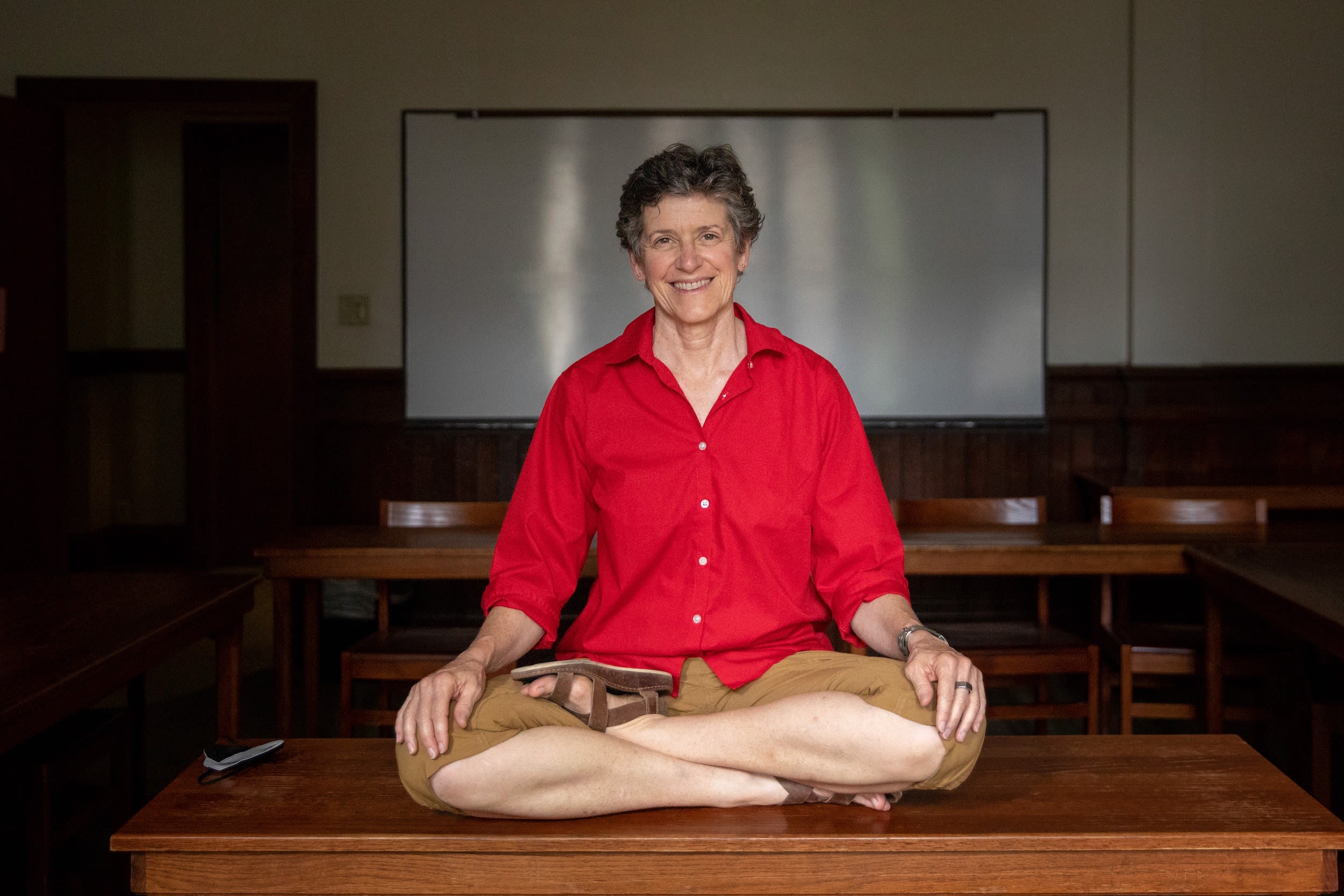
Sid Brown, Professor of Religious Studies
Thinking with People
I wanted to become a professor as soon as I learned what a professor was and what they did. The idea of knowing an area so well, enjoying it so much, and then bringing people into it to play and think was really compelling to me. I like to think with people, so that’s what I do for a living. Religious studies affords me the opportunity to think about important things like climate change and racism and other big problems with important people—my students. I don’t have the answers, and they don’t have the answers yet either. But we can work toward finding those answers together while we engage with really helpful ideas and people.
Sewanee students are like hungry piranhas. You just throw some meat in the water and they will go at it—the “meat” in this case being concepts and people and ideas. Of course I have to prepare for class, but I just have to put a buffet together and the students will jump on it. I love my field of study. But being able to talk with them about a concept, seeing how they’re engaging with an article, hearing what they’re learning from each other as they think things through together—that excitement is what keeps me coming back to the classroom.
Body and Mind
I have studied practices of mindfulness that are based in the body, and I have learned secularized forms of them that most of the students are very friendly with. The students in my Thinking with Buddhists course, for example, have voted unanimously for two semesters in a row to begin class with a three- to five-minute meditation. When I ask them what they get from it, they talk about arriving in the classroom. Their body may have gotten to the room, but sometimes their minds are elsewhere. So that practice, which is a practice of being in your body, helps them to be in the classroom with each other and to think deeply in that context with their peers to really realize what we’re all doing.
I give each student a weeklong independent study where they have to engage creatively with something related to the class. They can write a paper, make a video, podcast, paint, do sketch journals, all of these amazing things. I like to call them back to really understand and explore what they’re doing right now, what they think about when they walk across campus, what they talk about in the dining hall together, and how they’re making their lives. They sit with it, and they knit things together and see what’s important to them.
With a Little Help from My Friends
We have a section on friendship, which is vitally important for our survival and happiness—especially at our students’ age. Buddhist monks and nuns have, in a sense, gone from home to homelessness, but their new homelessness is with a bunch of friends in the monastery. Many of the students have gone from home to a residence hall with 50 people who are exciting and interesting and new. So, when Buddhists are writing about friendship, the students can really relate to its importance and the different ways to think about it.
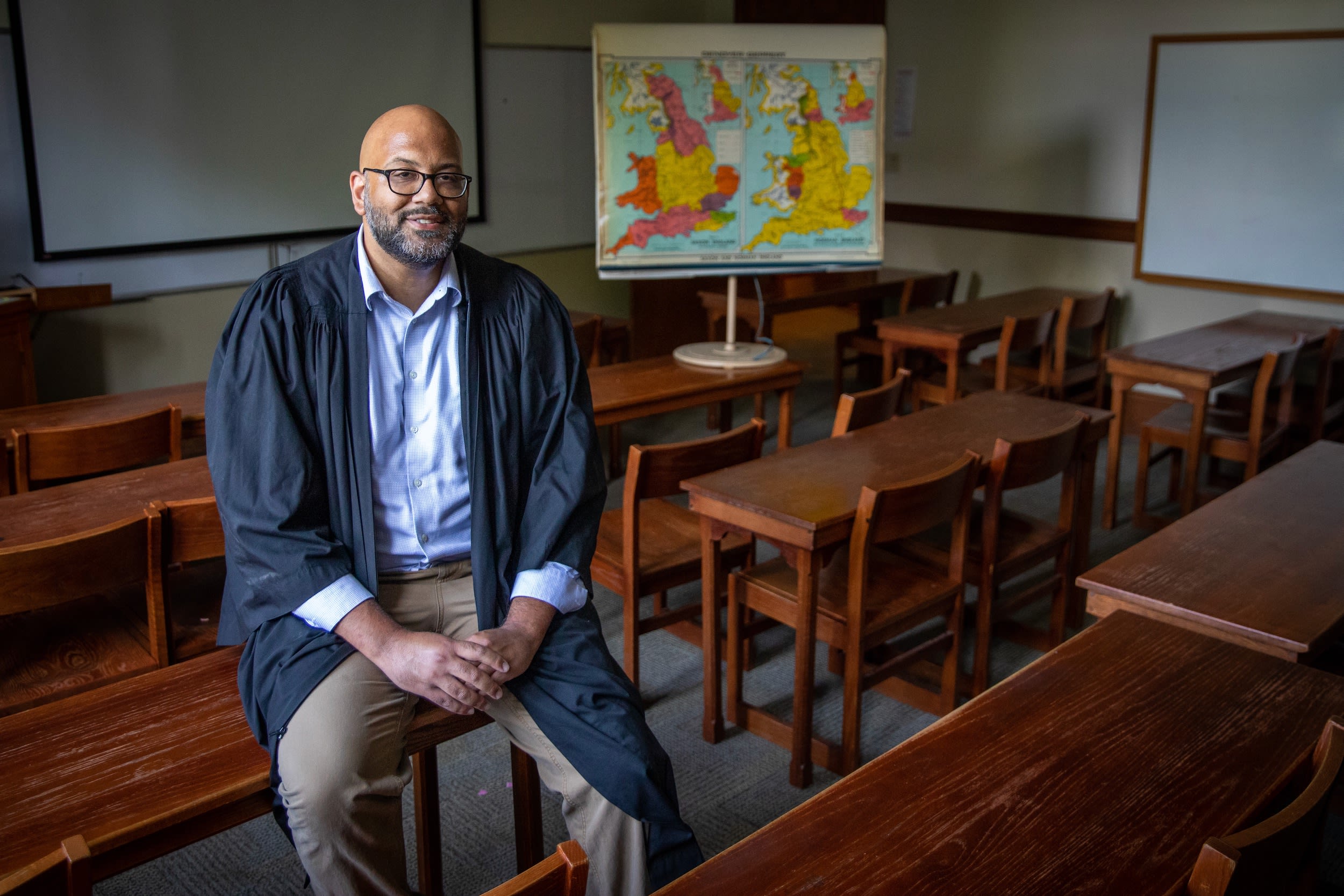
Matthew Mitchell, Associate Professor of History
Interpreting the Past
What does teaching history mean? Is it teaching some facts about a time and place? Well, yes, it is that. But also, what can you do with those facts? You’re learning how to find evidence, discover sources, synthesize information, and put it all together in support of one argument that you have chosen. It demands a lot from students. I’m asking them to come up with a question of their own and then go investigate it. I do a lot of scaffolding, where one assignment builds on another until you can get to a finished product—say, a paper. If I’ve designed it well, that final product ends up feeling like a natural conclusion to what we’ve been doing all semester.
Teaching history has gotten a lot more complicated. The fact is that this stuff is never not political. There’s always bias in the way that anyone and everyone presents history. There are editorial decisions being made. What things does an author choose to put in the forefront? What agenda did they have when creating it? I try to bring that into the whole process of interpreting documents. I want to get students to see that they will never, ever find a document that’s not biased. The thing is to call out that bias and see it as something that itself requires interpretation.
Growth Mindset
My teaching and my research revolve not just around Britain in the early modern period, but particularly around the trans-Atlantic slave trade. That’s a difficult thing, and students tend to feel pretty uncomfortable approaching the subject. In some ways, I seek to add to the discomfort, but hopefully in a constructive way. Of course, there’s good discomfort and there’s bad discomfort. There are certain sorts of discomfort that students should not have to experience. But then on the other hand, there’s the discomfort that leads to growth. There’s the discomfort that leads to questioning.
The Head and the Heart
I used to think of teaching mostly as facilitating a meeting between student and subject. Here’s the subject, I’ll bring it to you and bring you to it, and you’ll meet somewhere in the middle. But in the eight years that I’ve been teaching at Sewanee, I’ve discovered much more of a pastoral side to college teaching than what I’d known in the past. It’s not just about identifying what we want students to know, but also about caring for the knower. There has been so much stress on students since the start of the COVID-19 pandemic, and we try to find that balance between helping them come up with strategies for handling the pressure and sometimes just taking a bit of the pressure off and realizing that I’m a human being, they’re human beings, and we’re there to help each other along the way. I’ll hear from former students about what being in my class meant to them, and it wasn’t just the imparting of facts and knowledge—the heart was very much involved in all of it.
